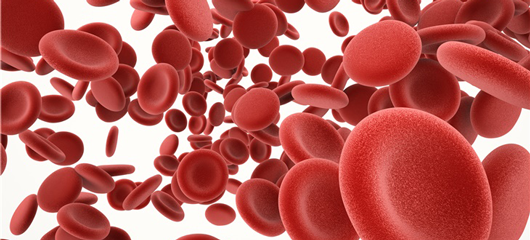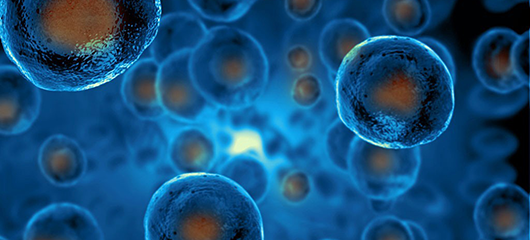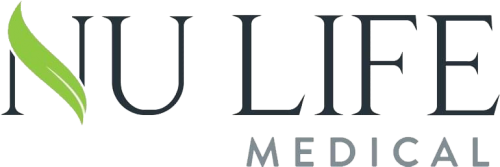PRP & STEM CELL TREATMENTS
-
 Platelet Rich Plasma (PRP)
Platelet Rich Plasma (PRP)
-
 Stem Cells
Stem Cells
Your own blood does wonders
Using your body’s own Platelet Rich Plasma (PRP) to treat pain is a highly innovative technology that has been producing remarkable results.
PRP concentrates and captures your body’s healing potential with the assistance of your own blood.
When you are injured in any way, your body automatically signals for help and calls on your platelets, white blood cells, and other components in your blood to travel to the site of injury. Your cells communicate with each other to initiate a healing response, and this happens even with minor bruises or scrapes.
When we concentrate the healing response activity (aka growth factors) and inject them directly into the site of an injury, the PRP accelerates the healing process.
Tissue that is injured or is healing poorly will start to improve, pain will decrease, and range of motion of joint will strengthen.
Common uses for PRP include:
- Pain management
- Damaged or injured tendons, ligaments, muscles, and joints
- Musculoskeletal diseases (including tendonitis)
- Osteoarthritis of the knee
- And more!
It also has shown amazing results in cosmetic rejuvenation and hair restoration.
PRP will give you essentially permanent or long-lasting results that will continue to work longer and more effectively than traditional pain injections. It’s a minimally invasive outpatient procedure with no downtime.
What We Do for PRP
- Draw a sample of your blood.
- Spin the tube of your blood in a centrifuge at a high speed to separate it into its three components (red blood cells, white blood cells, and platelet rich plasma).
- Inject the drawn platelet rich plasma from the spun tube into your joint space(s) for treatment.
Considering we use the healing factors of your own blood, the potential for side effects from the injection is little to none. You’ll see initial improvement within a few weeks, and it will gradually increase as your healing continues. PRP is used to jump-start your body’s natural healing process. Since PRP is used to resolve pain through healing, it delivers lasting results.
Are you a candidate for PRP?
We’d like you to consider meeting with us if you’ve had any of these conditions:
- Pain lasting at least 3 months or longer (chronic conditions)
- Sprains, strains, tears of muscle/ligament/tendon (acute conditions)
- Persistent pain despite standard non-operative treatment (physical therapy, NSAIDs, activity modification, steroid injections)
- Results of Diagnostic Imaging: X-Ray, MRI, CT and/or Ultrasound
- Or want to delay or avoid surgery!
Stem Cells can Heal and Relieve Pain
Stem cell therapy expedites healing by repairing damaged tissue directly at its source.
The big question is: Is it for you?
If you’re looking for a minimally invasive procedure that uses your body’s own healing power to naturally relieve your pain, then this procedure is for you.
It is a safe procedure. The Stem Cells we administer to our patients are screened in compliance with FDA regulatory standards as well as certified through the American Blood Bank and American Tissue Bank. In case you are wondering, all of the Stem cells we use come from voluntarily donated umbilical cords from healthy, live-births.
If you suffer from any type of joint, tendon, muscle or ligament pain, you are a candidate for stem cell therapy. We treat the following using Stem Cells:
- Knee Pain
- Arthritis
- Shoulder Pain
Stem cells are “unprogrammed” cells in the human body that can best be described as “shape shifters.” They have the ability to “shift” or change into other types of cells. Stem Cells are at the center of a new field of science called regenerative medicine. Because stem cells can become bone, muscle, cartilage, and other specialized types of cells, they have the potential to treat many different conditions. Scientists believe that Stem Cells can be useful for treating and understanding diseases.
Benefits of Stem Cell therapy include:
- Rapid pain relief
- Healing without surgery
- No down time
- Regeneration of healthy tissues
How do stem cells work?
Damaged or inflamed tissues call for repair by sending out signals, some of which act as cues for Stem Cells and attract them to the injured tissue. Once stem cells are deployed, they act by first homing to the sites of injury. They release growth factors which help in controlling the inflammatory response that in turn heals tissue and other cells. In addition, they have the ability to increase blood flow to an area by forming new blood vessels. Stem cell therapy can help you get back to doing all the little things you used to do without pain — and the big things you wonder if you’ll ever do again.
